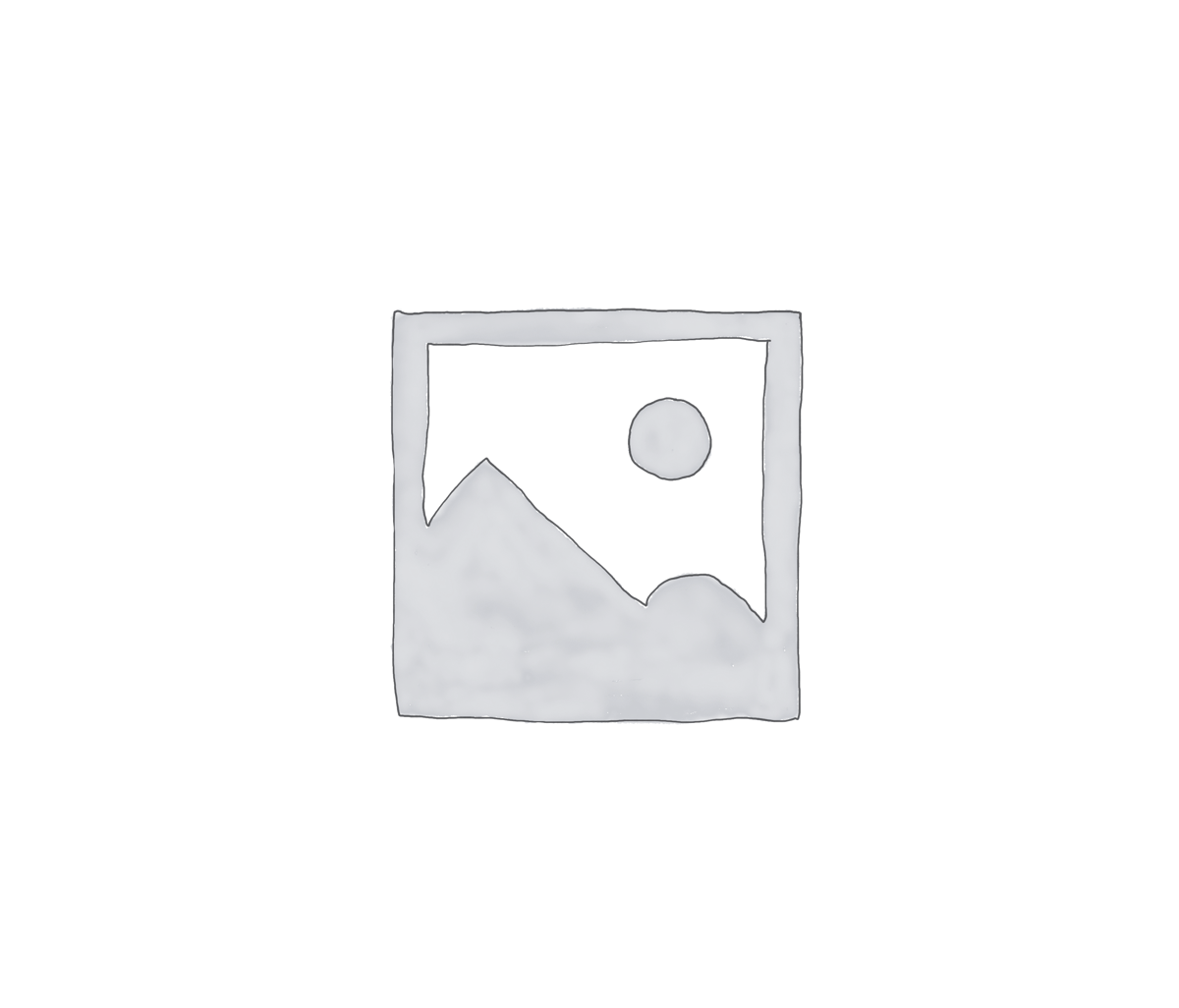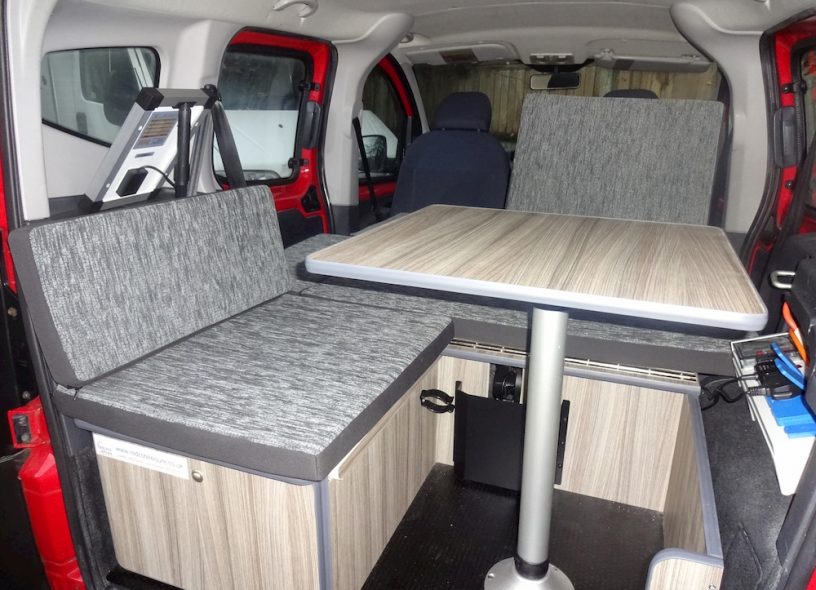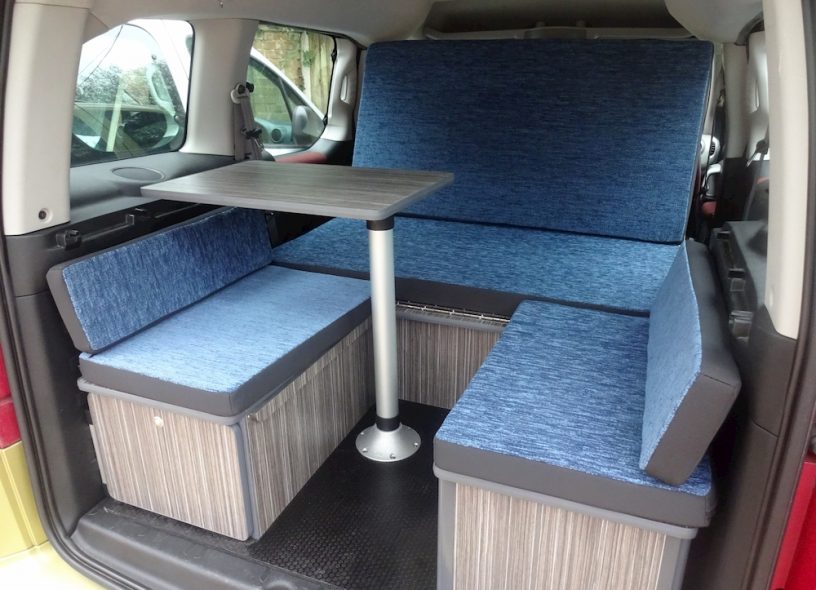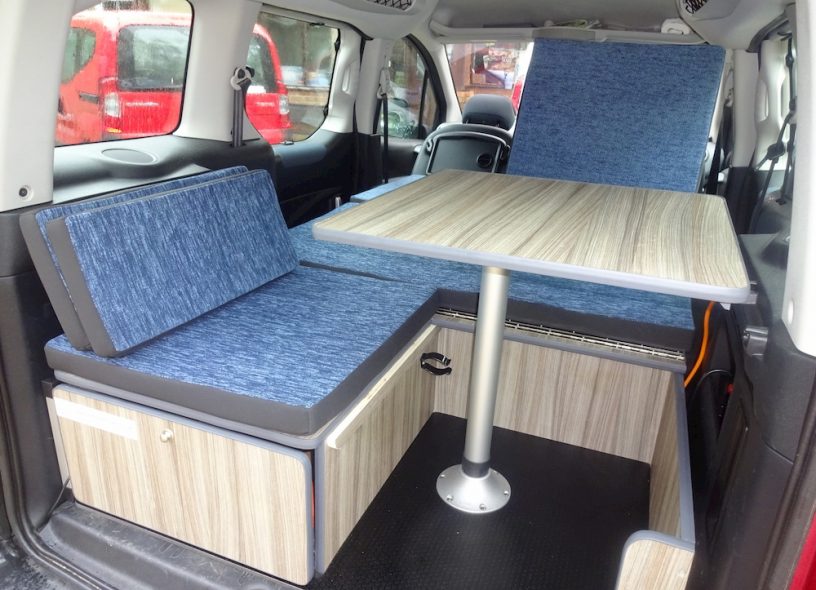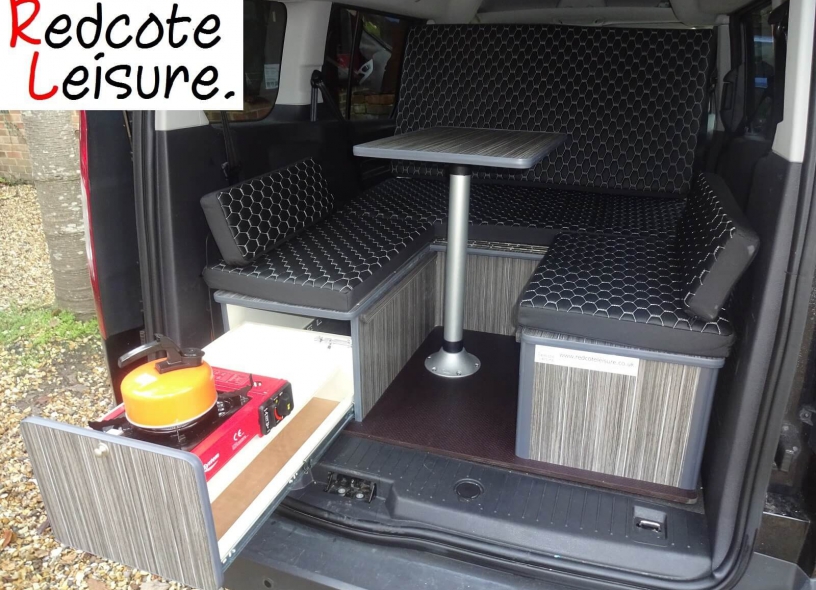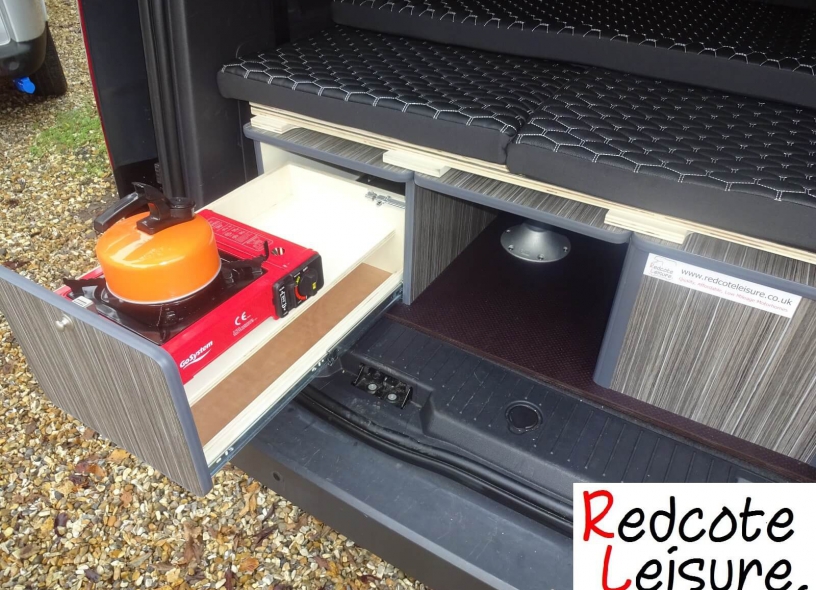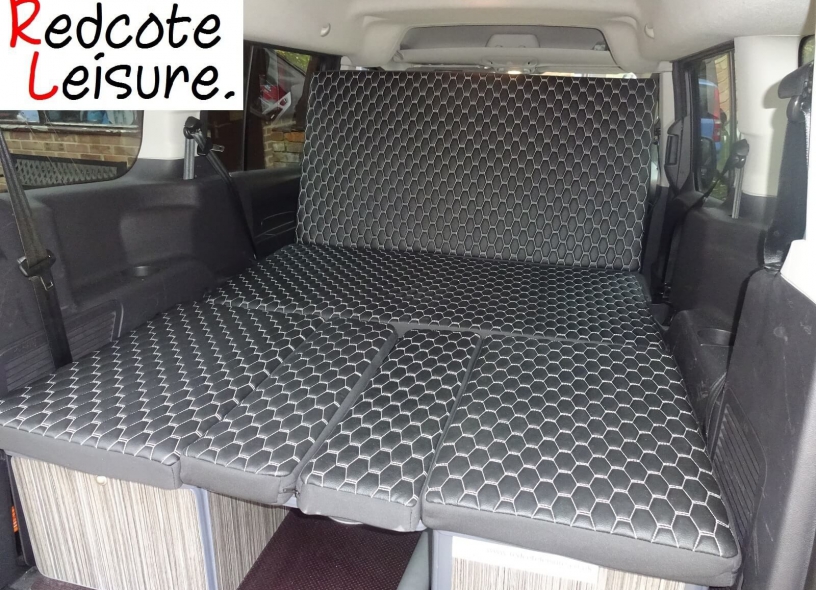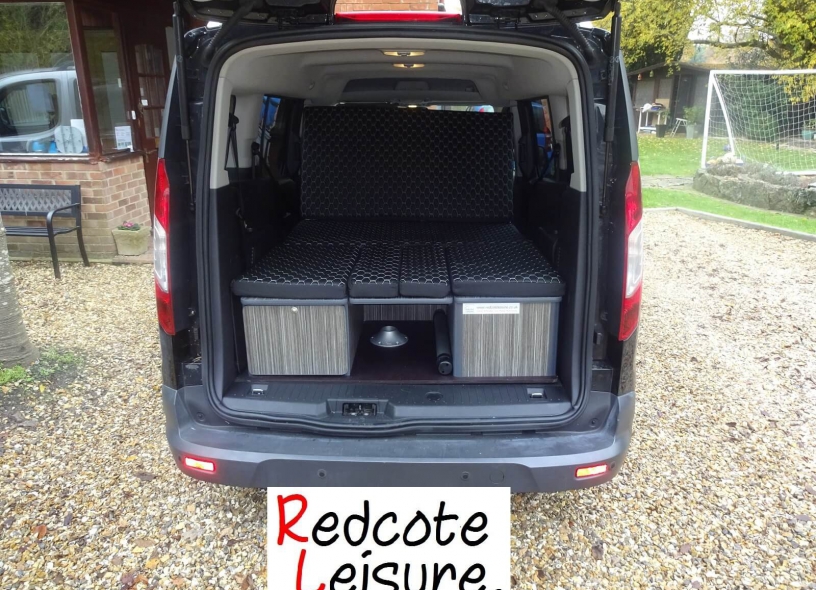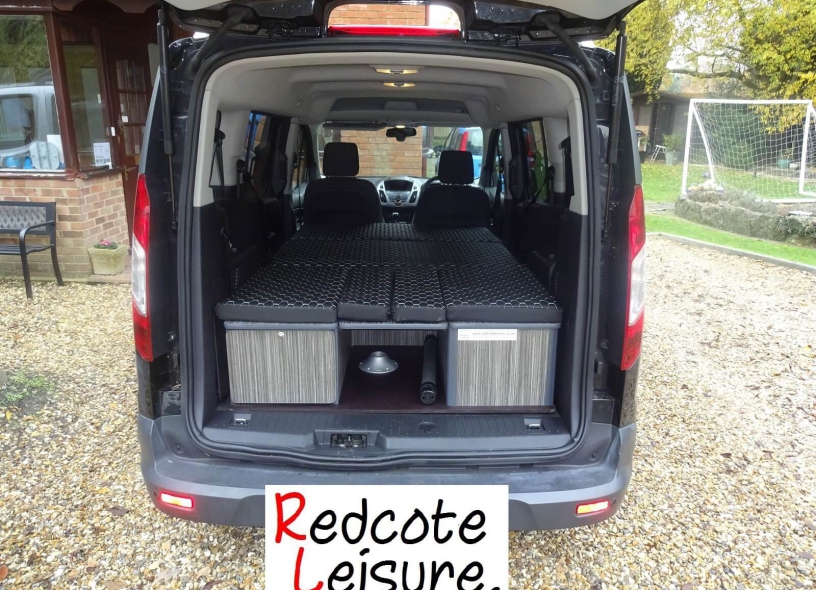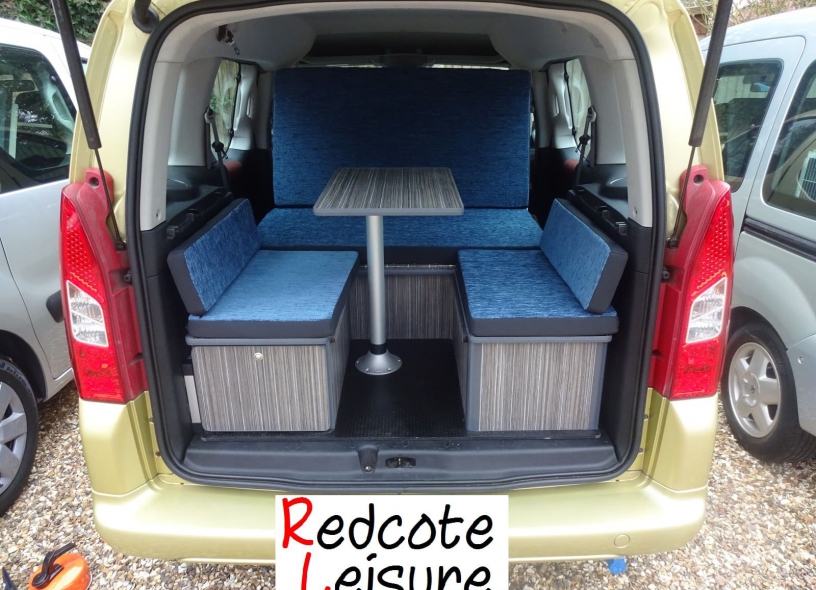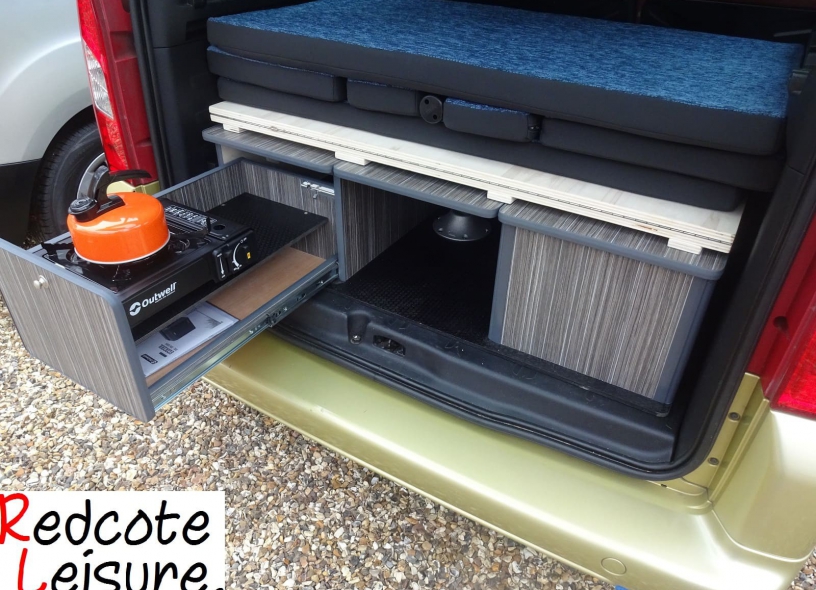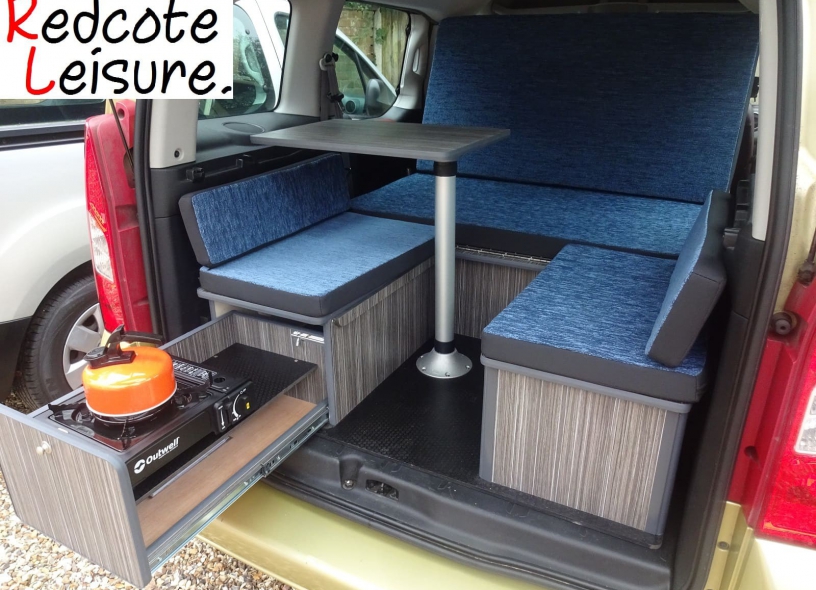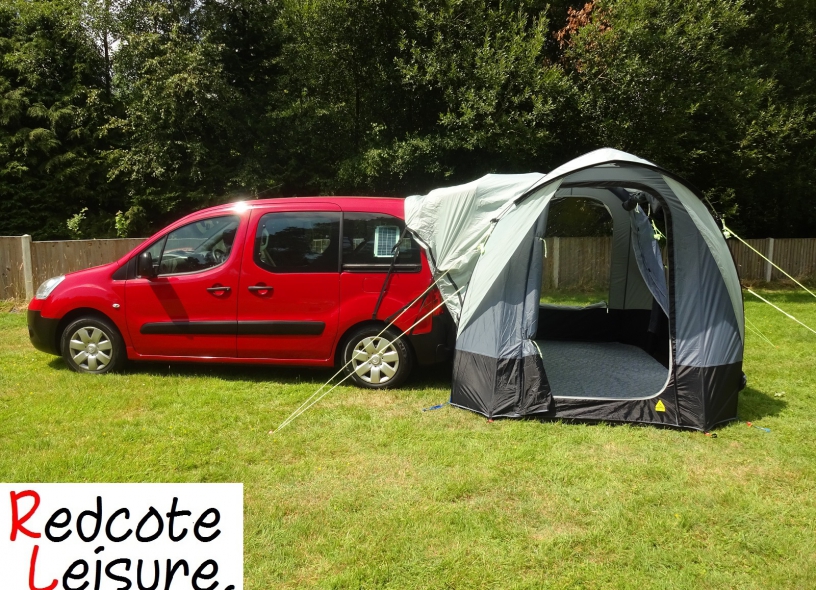Peugeot Partner 1996 – 2008
- Usefully practical,
- Large boot space
- Rear sliding doors
The Partner is Peugeot’s take on the van/MPV conversion. It’s robustly built – as you’d expect with van DNA
Driver’s airbag is standard, but the front passengers are optional Immobiliser and remote central locking are standard
The Peugeot Partner offers Plenty of storage bins and casual stowage. Fold down the seats for a massive and flexible load area, capable of transporting, everything from filing cabinets to beds. Bulky objects fit in easily, thanks to a low tailgate sill
Forward visibility is good with an upright driving position hard to see van origins in the dash, clear dials. All buttons and switches are easy to reach.
Plenty of head and legroom for all passengers. Those in the back will appreciate the generous legroom and exceptional headroom.
Good fuel economy from the diesels (more modern offers much better figures than the old 1.9). servicing, parts and insurance costs are reasonable.
Partner is an environmentally friendly choice for green buyers. With an average of 166 g/km CO2 across the model line-up, its emissions are quite low for a people carrier. However, it’s worth noting that the line-up has a high number of diesel models, bringing the average down and giving buyers more choices of low-emission versions. Diesels typically produce less CO2 than petrol engines with similar power outputs.
Eco-conscious buyers should consider the 1.6-litre diesel, which is one of the greenest models in the range.
The Peugeot Partner has the ruggedness of a van; engines are proven and should be reliable if properly serviced
Peugeot Partner Tepee 2008 – 2018
- Usefully practical
- Robust and flexible interior
- Good diesels
- Large boot space
- Rear sliding doors
The Peugeot Partner Tepee is a compact and capable people carrier. It packs versatility, functionality and durability into a package only slightly larger than an average hatchback. Built alongside the Citroen Berlingo Multispace, it shares components with the Peugeot 308 and feels more car-like to drive than its van-based predecessor the Peugeot Partner Tepee is longer and wider than the Partner it replaces, so the cabin is roomy and comfortable.
With handy features, such as sliding side doors as standard and a tough interior, the Partner Tepee is a trusty and tempting family choice.
All models have ABS with electronic brake assist, driver and passenger airbags, reinforced rollover protection and an audible seatbelt reminder. Side and curtain airbags are standard on top-spec Outdoor models. For security, the Partner Tepee is fitted with an engine immobiliser, automatic door locks, central locking and deadlocks.
The Partner Tepee is highly adaptable to the demands of family life. Standard models get a split-folding rear bench seat – which tumbles behind the front passengers and can be taken out completely or three individually removable seats. The roomy boot swallows over 640 litres with the rear seats in place and a massive 2,800 litres with them removed.
The large front doors and sliding rear doors make it easy to climb in and out. There are plenty of well-thought-out family features, including fold-down aircraft-style tables in the rear and optional overhead cabin storage. Passengers can also hide their belongings in the under-seat drawers and the deep centre-console (on higher-spec models) is excellent.
Good attention to detail has been paid to the design of the cabin, with all major controls and functions in easy reach of the driver. The driver’s seat elevates and the steering wheel can be raised and moved closer for a comfy driving position. The upright dashboard is a little unconventional
It compensates in functionality for what it lacks in style, with durable and easy-to-use buttons and controls. You’re always aware you’re in a van-based people carrier though and it lacks the sophistication of conventional family cars.
The cabin is exceptionally well-insulated. Engine and road noise is muffled and the Partner Tepee is settled at speed, however, the petrol engines can sound intrusive when revved hard – which they need to be if the car is fully laden. There’s only really enough room in the back for two adults, though three kids will be fine and leg and headroom are both reasonable throughout.
Compared to the petrol unit, frugal diesels should be cheaper to run. Those who do opt for a petrol unit should expect to visit the fuel pumps more frequently: on average, diesels return 14 miles per gallon more. Well-spaced servicing intervals keep maintenance costs down and low-mileage drivers should only require servicing visits every two years.
Petrol units release high levels of carbon dioxide (195 g/km). This results in more expensive tax discs bands. The Diesels are greener and much cheaper to tax, emitting 147 g/km CO2.
Partner Tepee and Partner Van share the vast majority of components, so the car has van-like endurance and proves very tough long-term. Interior components are well assembled, and the chunky cabin plastics ought to stand up to the rough-and-tumble of family life.
Two 1.6-litre petrol engines (90bhp and 110bhp) and three diesels (75bhp, 90bhp and 110bhp) are available. The petrol engine is ideal if you don’t intend to cover long distances, although the 90bhp version can feel sluggish and takes 15.3 seconds to get from 0-62mph. The 110bhp model is better on open roads and returns the same 34mpg. It’s the diesels that most people choose though and the 1.6-litre HDi is available with 75bhp, 90bhp or 110bhp – the latter only in Outdoor trim.
None of them are exceptionally quick, although the 110bhp version manages the 0-62mph sprint in 12.5 seconds and still returns an impressive 50mpg. All models come with five-speed manual transmission
Driving fun is probably a low priority for Partner Tepee buyers but it handles with surprising agility. It shares many underpinnings with the Peugeot 308 and corners more like a car than a van. It is lower and wider than the Partner which it replaced and body roll is only apparent on severe twists thanks to its better poise. The power-steering is very light – useful for parking manoeuvres. while the suspension deals with uneven road surface well.
Compatible Peugeot Partners

Peugeot Partner (1996 - 2009)

Peugeot Partner Tepee (2008 - 2018)
What our customers say
Get your Peugeot Partner conversion kit
If you’ve already got a Peugeot Partner, or are planning on buying one, we can convert it into a fully functional Micro Camper for you.
Why buy a conversion kit from us?
20 years experience
We’ve got years of experience in the outdoor leisure industry.
After-sales support
We’re known for our outstanding support.
Camping enthusiasts
We love camping, so know what you’ll need.
Affordable
Save on fuel, insurance and time compared to a tent or motorhome.
More freedom
Go anywhere, anytime and have the comfort of a fully functional campervan.
Multi-functional
Not just a camper but an everyday car as well. You even keep all the seats.
Peugeot Partner 1996 – 2008
- Usefully practical,
- Large boot space
- Rear sliding doors
The Partner is Peugeot’s take on the van/MPV conversion. It’s robustly built – as you’d expect with van DNA
Driver’s airbag is standard, but the front passengers are optional Immobiliser and remote central locking are standard
The Peugeot Partner offers Plenty of storage bins and casual stowage. Fold down the seats for a massive and flexible load area, capable of transporting, everything from filing cabinets to beds. Bulky objects fit in easily, thanks to a low tailgate sill
Forward visibility is good with an upright driving position hard to see van origins in the dash, clear dials. All buttons and switches are easy to reach.
Plenty of head and legroom for all passengers. Those in the back will appreciate the generous legroom and exceptional headroom.
Good fuel economy from the diesels (more modern offers much better figures than the old 1.9). servicing, parts and insurance costs are reasonable.
Partner is an environmentally friendly choice for green buyers. With an average of 166 g/km CO2 across the model line-up, its emissions are quite low for a people carrier. However, it’s worth noting that the line-up has a high number of diesel models, bringing the average down and giving buyers more choices of low-emission versions. Diesels typically produce less CO2 than petrol engines with similar power outputs.
Eco-conscious buyers should consider the 1.6-litre diesel, which is one of the greenest models in the range.
The Peugeot Partner has the ruggedness of a van; engines are proven and should be reliable if properly serviced
Peugeot Partner Tepee 2008 – 2018
- Usefully practical
- Robust and flexible interior
- Good diesels
- Large boot space
- Rear sliding doors
The Peugeot Partner Tepee is a compact and capable people carrier. It packs versatility, functionality and durability into a package only slightly larger than an average hatchback. Built alongside the Citroen Berlingo Multispace, it shares components with the Peugeot 308 and feels more car-like to drive than its van-based predecessor the Peugeot Partner Tepee is longer and wider than the Partner it replaces, so the cabin is roomy and comfortable.
With handy features, such as sliding side doors as standard and a tough interior, the Partner Tepee is a trusty and tempting family choice.
All models have ABS with electronic brake assist, driver and passenger airbags, reinforced rollover protection and an audible seatbelt reminder. Side and curtain airbags are standard on top-spec Outdoor models. For security, the Partner Tepee is fitted with an engine immobiliser, automatic door locks, central locking and deadlocks.
The Partner Tepee is highly adaptable to the demands of family life. Standard models get a split-folding rear bench seat – which tumbles behind the front passengers and can be taken out completely or three individually removable seats. The roomy boot swallows over 640 litres with the rear seats in place and a massive 2,800 litres with them removed.
The large front doors and sliding rear doors make it easy to climb in and out. There are plenty of well-thought-out family features, including fold-down aircraft-style tables in the rear and optional overhead cabin storage. Passengers can also hide their belongings in the under-seat drawers and the deep centre-console (on higher-spec models) is excellent.
Good attention to detail has been paid to the design of the cabin, with all major controls and functions in easy reach of the driver. The driver’s seat elevates and the steering wheel can be raised and moved closer for a comfy driving position. The upright dashboard is a little unconventional
It compensates in functionality for what it lacks in style, with durable and easy-to-use buttons and controls. You’re always aware you’re in a van-based people carrier though and it lacks the sophistication of conventional family cars.
The cabin is exceptionally well-insulated. Engine and road noise is muffled and the Partner Tepee is settled at speed, however, the petrol engines can sound intrusive when revved hard – which they need to be if the car is fully laden. There’s only really enough room in the back for two adults, though three kids will be fine and leg and headroom are both reasonable throughout.
Compared to the petrol unit, frugal diesels should be cheaper to run. Those who do opt for a petrol unit should expect to visit the fuel pumps more frequently: on average, diesels return 14 miles per gallon more. Well-spaced servicing intervals keep maintenance costs down and low-mileage drivers should only require servicing visits every two years.
Petrol units release high levels of carbon dioxide (195 g/km). This results in more expensive tax discs bands. The Diesels are greener and much cheaper to tax, emitting 147 g/km CO2.
Partner Tepee and Partner Van share the vast majority of components, so the car has van-like endurance and proves very tough long-term. Interior components are well assembled, and the chunky cabin plastics ought to stand up to the rough-and-tumble of family life.
Two 1.6-litre petrol engines (90bhp and 110bhp) and three diesels (75bhp, 90bhp and 110bhp) are available. The petrol engine is ideal if you don’t intend to cover long distances, although the 90bhp version can feel sluggish and takes 15.3 seconds to get from 0-62mph. The 110bhp model is better on open roads and returns the same 34mpg. It’s the diesels that most people choose though and the 1.6-litre HDi is available with 75bhp, 90bhp or 110bhp – the latter only in Outdoor trim.
None of them are exceptionally quick, although the 110bhp version manages the 0-62mph sprint in 12.5 seconds and still returns an impressive 50mpg. All models come with five-speed manual transmission
Driving fun is probably a low priority for Partner Tepee buyers but it handles with surprising agility. It shares many underpinnings with the Peugeot 308 and corners more like a car than a van. It is lower and wider than the Partner which it replaced and body roll is only apparent on severe twists thanks to its better poise. The power-steering is very light – useful for parking manoeuvres. while the suspension deals with uneven road surface well.

